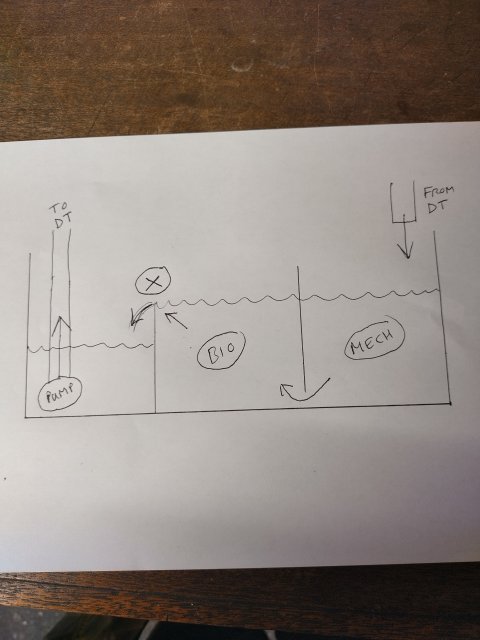I always drill tanks within a few inches of the top rim), to help skim the surface where most " semi-invisible" contaminants actually collect.
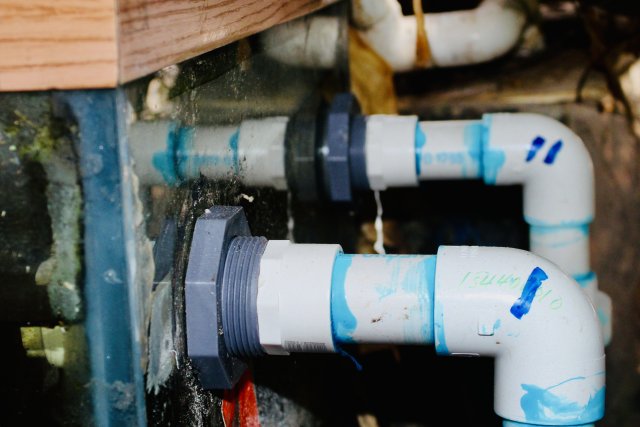
And if power goes out, the tank will only drain to that poin, those few inches.
So you can run the sump quite full and get lots of extra water volume
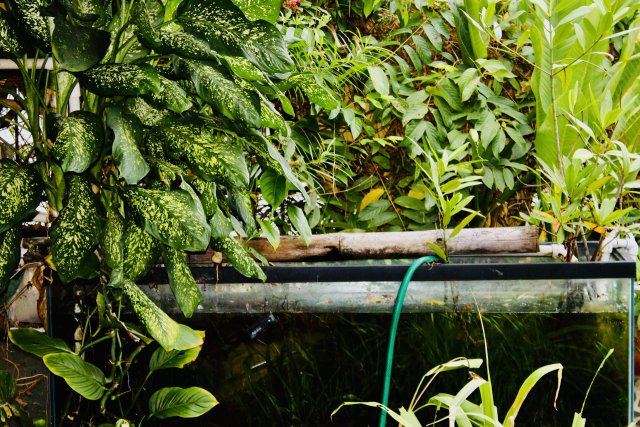
Irun my sumps quite full, leaving just enough space, so if power does go out, the few inches of water from the main tank does not over flow it. But..
When the rainy season hits my area, or when I get simply distracted during a water change, I use a redundant constant PVC overflow in the sump to direct that extra water to a bucket or the garden.
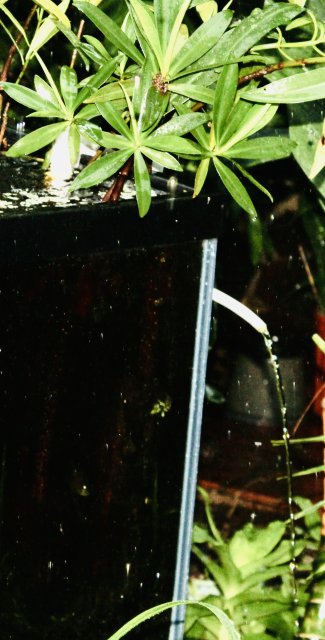
When water in the sump hits the hole in the vertical PVC pipe (below) it sends water out of the tube in the shot above, during a rain storm.
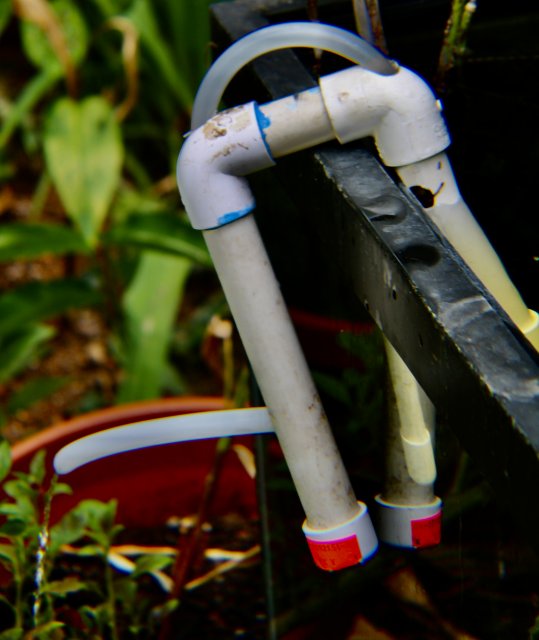
In the rainy season here, the tank and sump often overflow, not a common problem for most aquarists if your tank is inside, but half the year for me.
I am also one of those....that believe you can never have enough filtration (maybe too much flow) but never too much filtration, and sumps are my preferred main modus operandi. Been doing planted sumps since the late 80s.

And if power goes out, the tank will only drain to that poin, those few inches.
So you can run the sump quite full and get lots of extra water volume

Irun my sumps quite full, leaving just enough space, so if power does go out, the few inches of water from the main tank does not over flow it. But..
When the rainy season hits my area, or when I get simply distracted during a water change, I use a redundant constant PVC overflow in the sump to direct that extra water to a bucket or the garden.

When water in the sump hits the hole in the vertical PVC pipe (below) it sends water out of the tube in the shot above, during a rain storm.

In the rainy season here, the tank and sump often overflow, not a common problem for most aquarists if your tank is inside, but half the year for me.
I am also one of those....that believe you can never have enough filtration (maybe too much flow) but never too much filtration, and sumps are my preferred main modus operandi. Been doing planted sumps since the late 80s.


